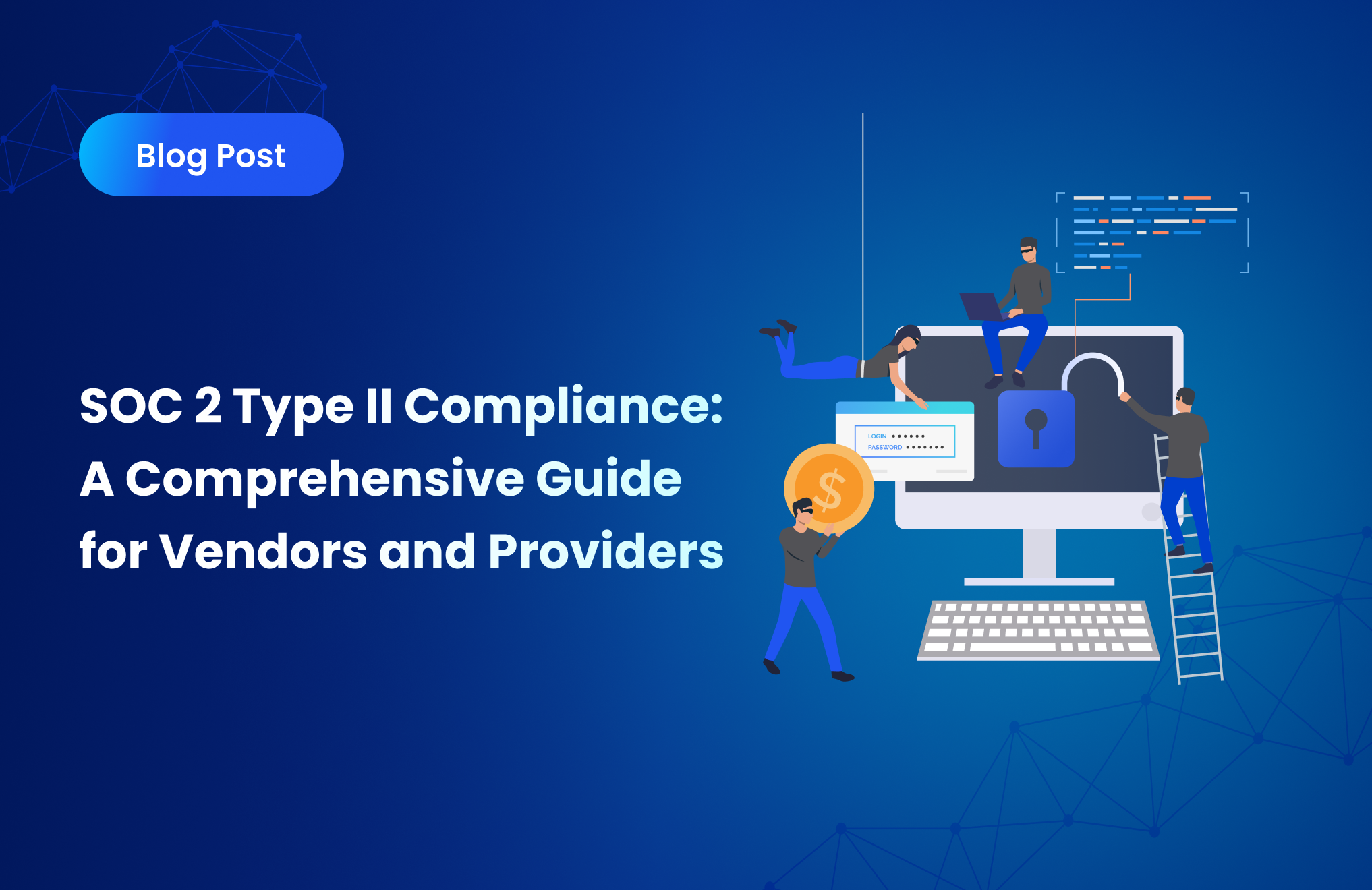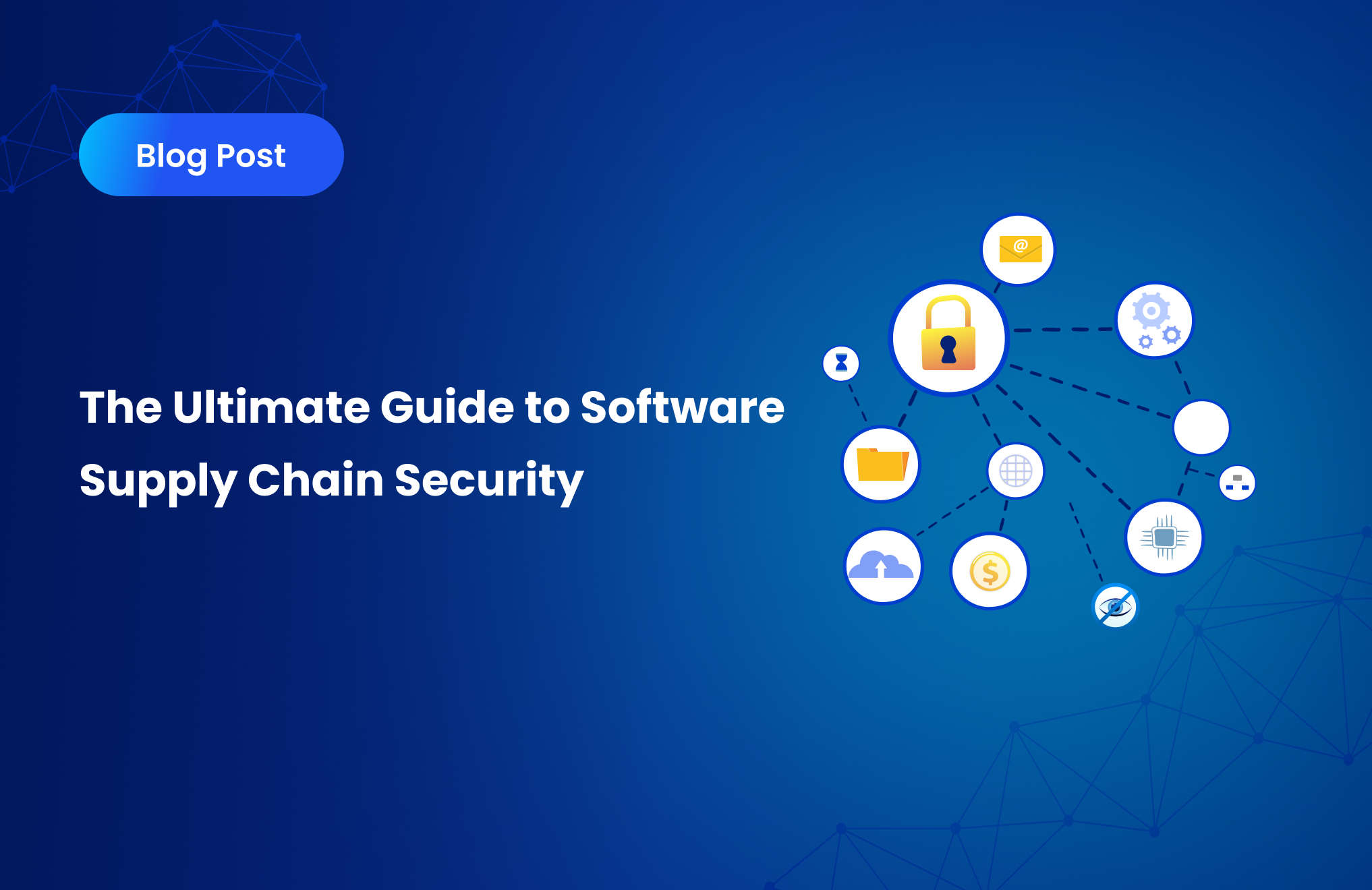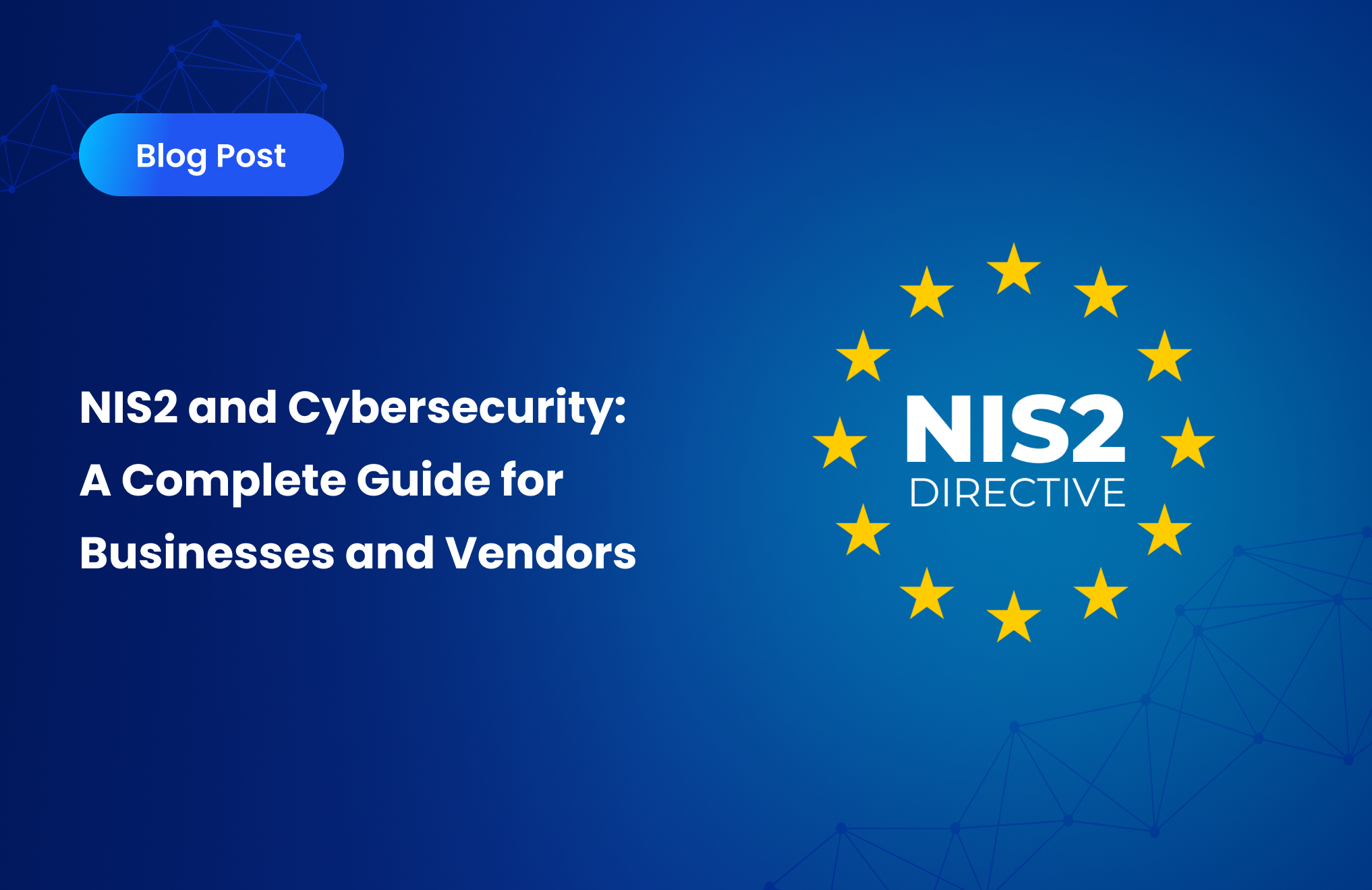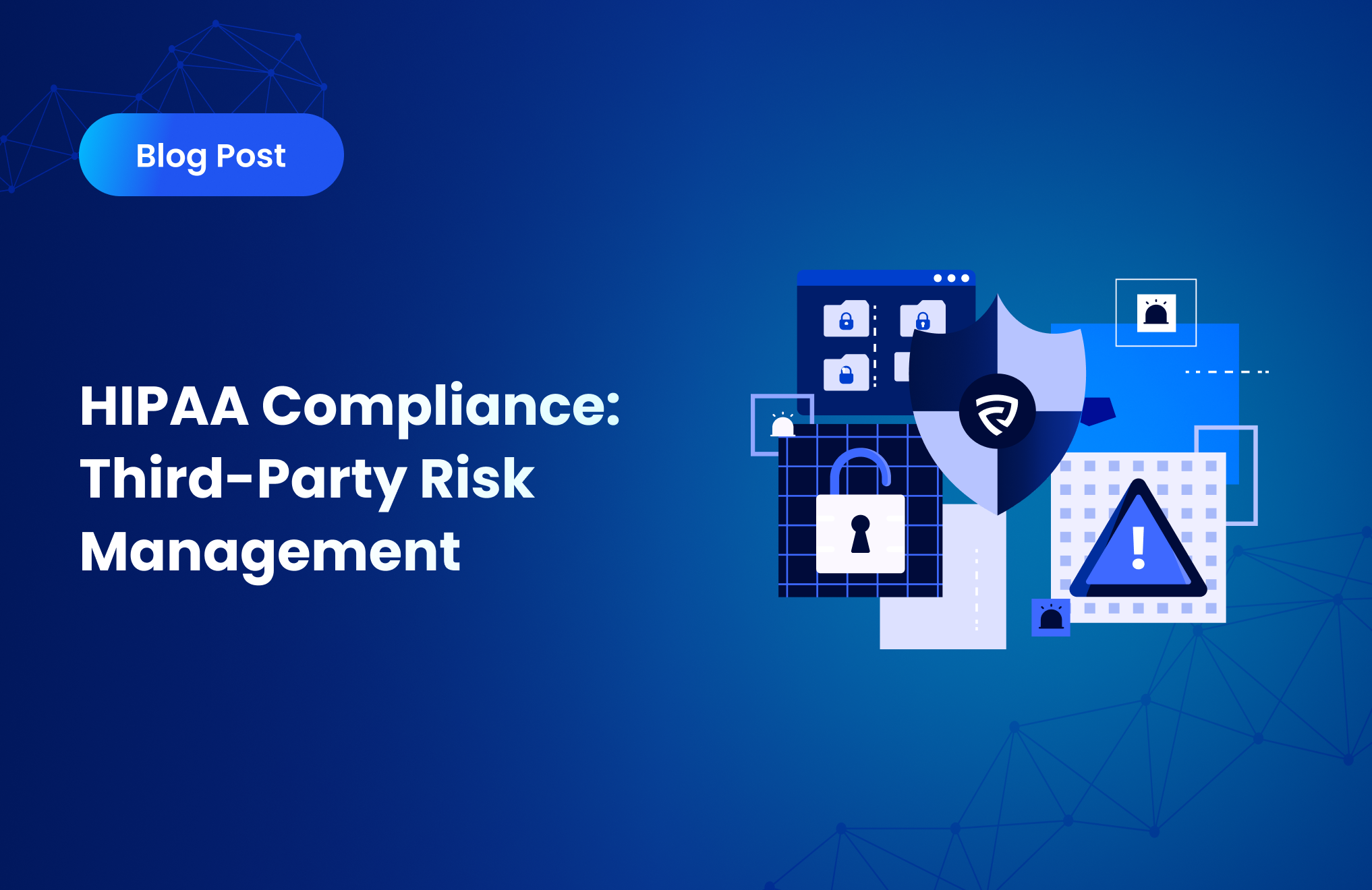SOC 2 Type II Compliance

SOC 2 Type II Compliance: A Comprehensive Guide for Vendors and Service Providers
In an era where data is one of the most valuable assets for any organization, ensuring its protection is no longer optional—it is a strategic imperative. When corporate data is entrusted to third parties—suppliers, partners, cloud providers—it is essential to rely on concrete security assurances. This is where SOC 2 Type II compliance comes into play, one of the most authoritative standards in the field of vendor compliance and third-party risk management.
What is SOC 2 Type II Compliance?
SOC 2 Type II (System and Organization Controls) is an audit framework developed by the AICPA (American Institute of Certified Public Accountants), designed to assess the effectiveness of a service organization’s internal controls against five Trust Services Criteria: security, availability, processing integrity, confidentiality, and privacy.
Unlike SOC 2 Type I, which only provides a snapshot of controls at a given point in time, Type II evaluates their operational effectiveness over a period (typically six months or more). This makes SOC 2 Type II a key component of a robust third-party risk management framework, as it measures a vendor’s ability to continuously manage cybersecurity and compliance risks.
Why SOC 2 Type II Compliance is Crucial for Vendor Risk Management
Within a modern vendor risk management plan, SOC 2 Type II certification serves as a strong reliability indicator for any service provider handling sensitive data, mission-critical systems, or outsourced IT services. It is an essential tool for reducing cybersecurity risk across the digital supply chain.
Organizations with structured vendor onboarding processes often treat certifications such as SOC 2 Type II as contractual prerequisites. This not only ensures compliance with regulatory requirements and SLAs but also proactively protects reputation and business continuity.
The Five Trust Services Criteria of SOC 2 Type II
A SOC 2 Type II audit is based on the following Trust Services Criteria:
- Security
The mandatory baseline criterion. It covers controls to prevent unauthorized access to systems, data, and sensitive information. Measures include multi-factor authentication, firewalls, access controls, and encryption. - Availability
Measures the system’s ability to be operational and accessible in line with agreed service levels (SLAs). This is especially relevant for SaaS, PaaS, or IaaS vendors. - Processing Integrity
Ensures that systems process data completely, accurately, in a timely manner, and with authorization. This is crucial for vendors handling financial or e-commerce transactions. - Confidentiality
Protects confidential information, such as intellectual property, trade secrets, or sensitive corporate data, from unauthorized disclosure. - Privacy
Refers to the processing and protection of personally identifiable information (PII) in accordance with regulations such as GDPR. This is particularly critical for vendors managing healthcare, HR, or consumer data.
What a SOC 2 Type II Audit Evaluates
The audit, performed by an accredited CPA firm, focuses on:
- The design of the controls
- The operational effectiveness of the controls over time (e.g., six months)
- Consistency in applying security policies
- Incident monitoring and response
- Change and vulnerability management
The outcome is a detailed report that is a valuable resource for both clients and vendor governance teams.
SOC 2 Type II: Benefits for Vendors and Clients
For Vendors:
- Competitive advantage – Demonstrates commitment to data security and regulatory compliance
- Faster vendor onboarding – Reduces approval times with enterprise clients
- Reputation and legal risk mitigation – Limits exposure from data breaches
For Clients:
- Assurance of protection – Data is handled according to recognized standards
- Simplified supplier evaluation – SOC 2 serves as proof-of-compliance during procurement
- Alignment with the third-party risk management plan
SOC 2 and Other Compliance Frameworks
SOC 1 vs SOC 2
SOC 1 focuses on controls impacting financial reporting and is used for vendors handling processes such as payroll, accounting, or fiduciary services. SOC 2, instead, targets information security.
SOC 2 vs ISO 27001
Both address information security, but while ISO 27001 requires a structured Information Security Management System (ISMS), SOC 2 evaluates the actual practice of controls. Many companies adopt both to strengthen their InfoSec posture.
SOC 2 vs PCI DSS, HIPAA, GDPR
- PCI DSS – Specific to card payment security, mandatory for financial service providers.
- HIPAA – U.S. healthcare regulation for patient data protection.
- GDPR – EU privacy regulation, binding for those processing EU citizens’ data. SOC 2 is voluntary but complementary.
How to Prepare for SOC 2 Type II Certification
Implementing SOC 2 requires a structured, continuous, and collaborative approach:
- Define the certification scope
Determine whether the need arises from contractual, market, or regulatory requirements. This helps set priorities, deadlines, and audit boundaries. - Build the project team
Involve key functions:
- Leadership (CEO, CISO, CIO)
- DevOps
- InfoSec
- HR (for hiring, training, and access processes)
- Legal & Compliance
- Leadership (CEO, CISO, CIO)
- Initial assessment and gap analysis
Review existing policies and controls. Use continuous monitoring tools to identify gaps and corrective actions. - Work with third-party auditors
Select an audit firm with relevant industry experience. Engage them early to align the scope and reduce non-compliance risks. - Prepare documentation
Collect policies, procedures, logs, reports, and all evidence required to demonstrate control implementation. Use compliance automation tools to speed up evidence collection.
Maintaining SOC 2 Type II Compliance Over Time
SOC 2 Type II is not a one-time event but an ongoing process. Organizations must:
- Perform regular audits (annual or semi-annual)
- Document all control or system changes
- Update policies in line with technological or regulatory changes
- Continuously train staff on security and privacy
- Integrate compliance into the vendor lifecycle through onboarding and continuous monitoring
Maintaining certification strengthens the entire third-party risk management strategy, reduces cybersecurity risk, and demonstrates sustained commitment to compliance.
Conclusion: SOC 2 Type II as a Foundation of Vendor Trust
In today’s digital ecosystem, trust between clients and vendors is built through transparency and adherence to standards. SOC 2 Type II is now a cornerstone for any provider seeking to be recognized as secure, reliable, and aligned with international best practices.
Embedding this framework into your vendor risk management plan not only improves organizational resilience but also accelerates business growth, creates value, and protects your most strategic asset—data.
If your organization is looking for scalable solutions to protect data and effectively manage vendor compliance, contact us to learn how we can support you in achieving SOC 2 Type II certification and building a robust third-party risk management framework.



.svg)
.svg)
.svg)
.svg)



.svg)
.svg)
.svg)
.svg)
.svg)
.svg)
.svg)
.svg)



